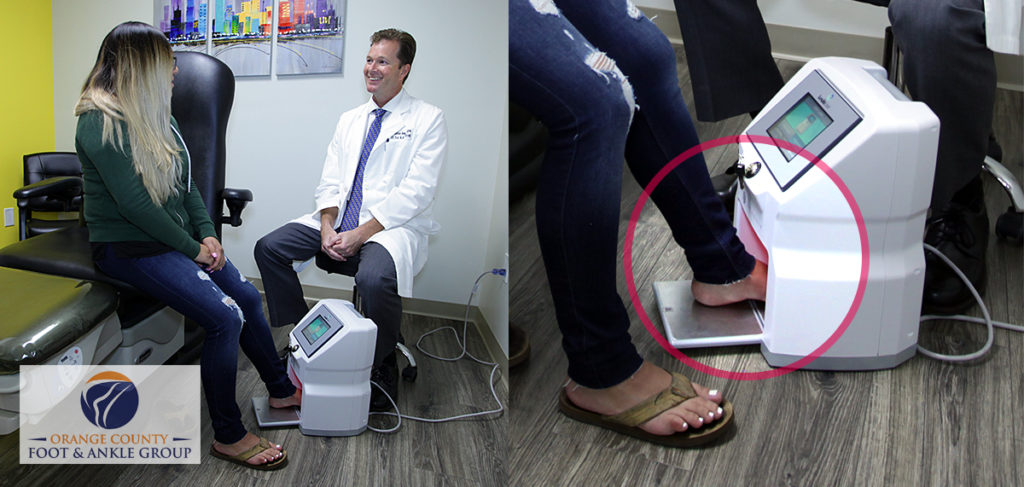Is Laser Treatment of Nail Fungus Effective? Everything You Need to Know
Body
Nail fungus laser treatment
Nail fungus laser treatment is a process that targets the fungus directly inside the nail and by doing so combats the toenail infection (onychomycosis). Immediate changes of the appearance and texture of the nail can be seen after the first or second treatment already. When dealing with difficult-to-treat toenail fungi, toenail fungus laser therapy is preferred since it directly targets the fungus. It is available in a variety of configurations, including those that use light and those that use carbon dioxide technologies.
Toenail fungus removal lasers target the organisms beneath the nail without harming the skin or other surrounding tissue. Unlike topical treatments, the laser light can reach the fungus through the toenail. This approach achieves results far more effective and quicker than other therapies using topical solutions or oral medication. And most importantly, modern state of the art nail fungus lasers have very little risk of side effects when handled by a certified podiatrist.

The effectiveness of laser toenail fungus removal
Laser systems are appealing to both practitioners and the general public for a variety of reasons. While oral drug regimens have proven to be effective, there have been considerable debates about the drugs' safety given the many side effects observed at the dosage needed to treat the nail fungus. Antifungal medications, like many others, are contraindicated in patients with active or chronic liver disease and might be refused by patients seeking less harmful alternatives to oral medication due to the risk of side effects.
A viable alternative are topical agents but those require lengthy treatments and frequently show ineffective against the fungal infection. While one reason for issues with topical treatments can be patient compliance during the treatment period, another issue is that the topical solution often does not reach all the infected areas underneath the nail. In contrast to that laser technology used for nail fungus removal, such as the new generation cold laser types have proven to be a fairly effective fix for toenail fungus with fast visible results
Clinical studies have shown that toenail fungus removal with laser technology is effective and has far lesser side effects compared to other treatments. According to a 2019 study published in the Journal of American Family Physicians by the American Association of Family Physicians, patients had a 30% cure rate and a 91% improvement in symptoms after 180 days of laser treatment of their toenail fungus. The study concluded that laser treatment is more effective than both over-the-counter and prescription topical and oral antifungal medications for toenail fungus removal combined.
A study on the efficacy of laser treatment for fungus removal was published in the Journal of Lasers in Medical Science in 2018. The study found an 83.7 percent success rate among patients with infections that affected at least two-thirds of the nail. The FDA conducted a study in 2016 that found that patients who received laser treatment on the feet had clear toenails three to six months after treatment.
In the same way that ingrown toenail surgery is the most effective way of treating severe cases of ingrown toenail conditions, studies have generally shown that laser treatments of toenail fungus are the most effective in treating fungus infection, with an 80% or higher success rate. Treatments last 10 to 20 minutes with no downtime. Depending on the severity of the infection, more than one treatment may be required.
Lunula Laser Therapy is a state-of-the-art cold laser treatment option for toenail fungus. This revolutionary low-level laser therapy has been giving people suffering from nail fungus for many years new hope to rid themselves of their painful, discolored, and disfigured toenails caused by onychomycosis. Lunula Laser Therapy, unlike other treatments, promises no pain, risk, or downtime. It is also a simple and convenient way to regain healthy and clear nails.
How nail fungus laser treatment works
Infrared laser systems (780 nm – 3000 nm wavelength) are commonly used in the treatment of toenail fungus. These lasers work by directly heating the targeted tissues.
The lasers can deliver selective photothermolysis by sending a short burst of laser light energy into the target tissue and causing a rapid elevation in temperature in the defined target area by using a pulsed beam rather than a continuous beam. With enough time between pulses, tissue relaxation and cooling can occur, causing very little collateral damage to surrounding structures.
Does nail fungus come back even after nail fungus treatment?
Toenail fungus can reappear even after it has been completely eradicated with one or more laser treatment sessions. After laser treatment, podiatrists usually advise patients on how to keep their toenails free of nail fungus. While many patients may never get toenail fungus again after a proper laser treatment, it really depends on a patient's healthy habits to prevent a new infection from happening
Does Medicare cover laser nail fungus treatment near me
Under certain circumstances Medicare might covers toenail fungus treatment. Patients suffering severe, incapacitating pain and vidence of several fungus infections may qualify. To learn more you should see a foot and ankle specialist for a consultation of your case.
Click here for more information on effective laser treatment of nail fungus, the benefits of lunula laser therapy, and ingrown toenail surgery.











Comments